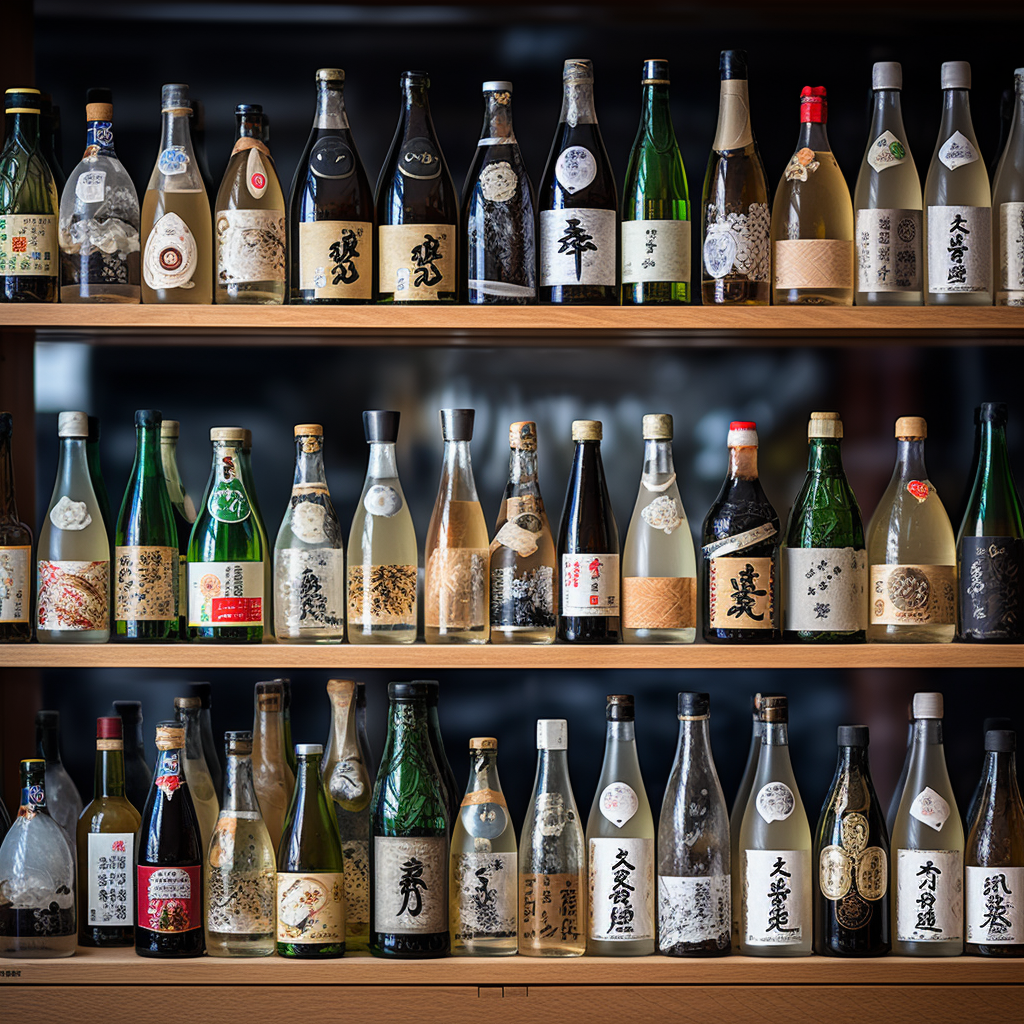Sake, also known as nihonshu in Japan, is a delightful and versatile beverage that can be enjoyed in various ways. From the way it’s served to the type of glass used, there’s a lot you can do to enhance your sake experience. If you’re new to the world of sake or simply want to optimize your enjoyment, here’s a friendly guide on how to savor sake.
Choose the Right Temperature
Sake can be enjoyed at different temperatures, and the right one largely depends on the type of sake and your personal preference. Some sakes are best served chilled, some at room temperature, and others warmed.
For instance, premium sakes such as Ginjo or Daiginjo are often enjoyed chilled to preserve their delicate flavors and aromas. On the other hand, some full-bodied sakes like Junmai can be delicious when gently warmed, as it can bring out their rich, savory qualities.
Pick the Perfect Vessel
The type of vessel you use to drink sake can also influence your experience. Here are a few options:
- Masu or Traditional Sake Glasses: These small, box-shaped wooden vessels give you a sense of traditional Japanese sake culture. The wood can also interact with the sake, adding a subtle aroma.
- Sake Cups: These are small ceramic or porcelain cups, easy to handle, and perfect for casual, everyday sake drinking.
- White Wine Glasses: For an elevated experience, especially with top-tier sakes like Junmai Daiginjo, consider using a white wine glass. The shape helps concentrate the aroma at the top, enhancing the olfactory experience.
Explore the Diversity of Sake
Sake comes in an incredible variety, with different flavors, styles, and even colors to explore.
- Sparkling Sake: This is a fun and refreshing option, perfect for celebrations or as an aperitif. It’s typically served chilled to maintain its effervescence.
- Still Sake: This is the most common type of sake and can be enjoyed at various temperatures, depending on the style.
- Rosé Sake: While most sakes are pale or colorless, there are rosé sakes that get their color from the red yeast rice used in their production.
- Aged Sake: Also known as koshu, these sakes are aged for several years and offer unique, often nutty or caramel-like flavors.
At 305 Wines, we invite you to explore our vast selection of sakes here. Whether you’re looking for a sparkling sake to celebrate, a rosé sake for something different, or a traditional Junmai, you’ll find something to satisfy your palate.
Remember, the “correct” way to enjoy sake is the way you enjoy it the most!
Stay tuned for our next post, where we’ll continue to share insights into the wonderful world of wine and sake. Until then, happy tasting!



